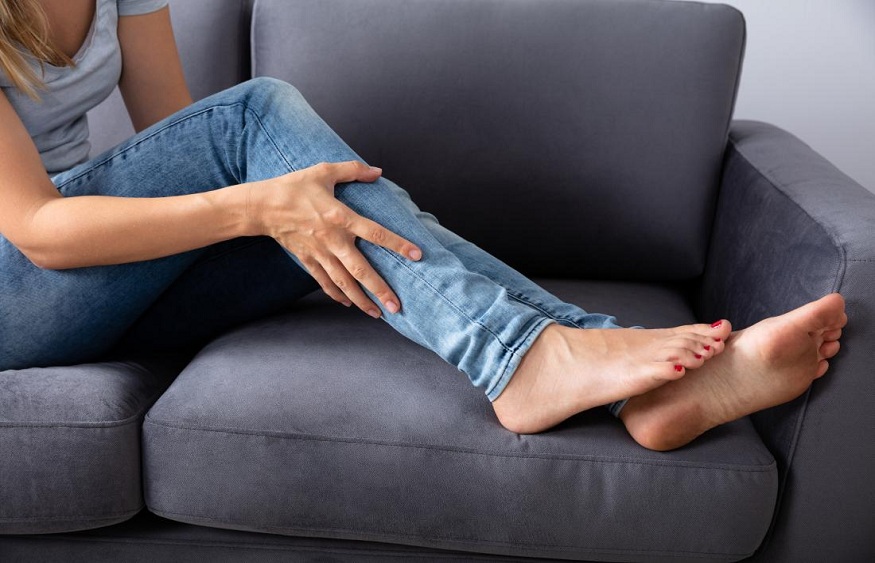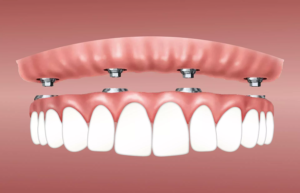Muscle strain, in general terms, means damage to a muscle or tendon. A tendon is the fibrous tissue that connects the muscles to the bones. When an injury of any sort causes damage to the muscle, it may either overstretch a muscle or a tendon or cause severe tears in the tissue.
In muscle strain cases, the muscles in the lower back and hamstrings are usually affected and are often called pulled muscles.
Normally, there are two types of muscle injuries: Strain and sprain. A strain involves an injury to the muscle, tendon, or a band of tissues. At the same time, a sprain injures the bands of tissue that connect two bones together. Whichever injury it may be, you will need an expert sports medicine ft worth to diagnose the symptoms.
Reasons for muscle strain
Mild muscle strains could occur from the following :
- not warming up properly before physical activity
- poor flexibility
- poor conditioning
- overexertion and fatigue
There’s a wrong notion about exercises that, when done rigorously, cause muscle strain, But the truth is it could also occur while walking. An acute strain can happen when you:
- slip or lose your footing
- jump
- run
- throw something
- lift something heavy
- Lifting without a proper posture.
Muscle strains are also susceptible to occurring during winter. Muscles tend to become stiffer when the temperatures are lower. It’s important to keep yourself warm during cold weather
However, chronic muscle strains could be caused due to the following :
- Sports like tennis, rowing, baseball, or golf.
- Continuously keeping your back or neck in an awkward position for long periods of time, such as when you work at a desk.
- Poor posture
Treatment
- Medication: The doctor may prescribe nonsteroidal anti-inflammatory drugs (NSAIDs) to reduce pain.
- Therapy: Your doctor may advise physical therapy to maintain flexibility and range of motion
- Self-care: Always talk to your doctor before starting anything.
- Rest, ice, compression, elevation(RICE) therapy -this is a first-aid treatment for sprains and strains
- Heating pads- soothes painful muscles or joints
- Cold compress- reduces inflammation and dulls the sensation of pain
- Physical exercises
- Nutrition: Optimum nutrition is essential for overall health and prevention. Eating foods rich in proteins, such as beans, fish, and eggs, and foods rich in potassium, such as bananas, is advised. It is best to avoid over-processed, sugary foods.
- Specialist to consult: Your doctor may advise you to see a physiotherapist. They use physical methods such as active or passive exercises to promote recovery from disease and injury.



